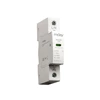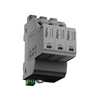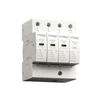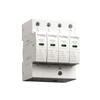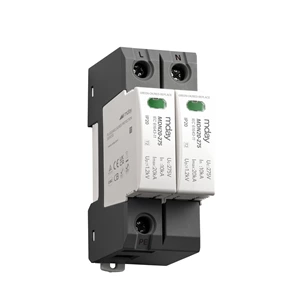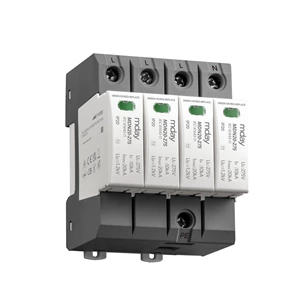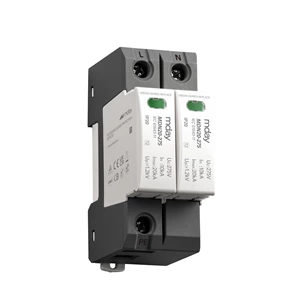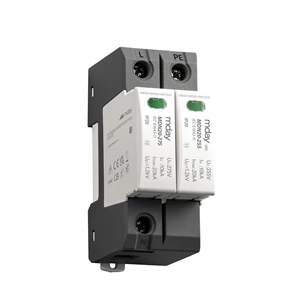Selection Of The Maximum Continuous Operating Voltage Value Of The Surge Protector
The maximum continuous operating voltage (Uc) of zinc oxide varistor surge protective device (such as TPSB65 and TPSC40) is a key parameter for the operational stability of surge protector. When selecting the maximum continuous operating voltage of surge protection device, in addition to meeting relevant standards, the normal fluctuations of the installation grid and the maximum possible continuous fault voltage should also be considered.
According to IEC61643-2, in a TT AC power supply system, the maximum continuous fault voltage between a phase and ground can reach 1.5 times the nominal voltage (UN) (AC voltage of 220 Urms), or 330 Urms. Therefore, in locations with unstable currents, it is recommended to select a power supply lightning arrester with a maximum continuous operating voltage (Uc) of 385 Urms.
In DC systems, there is no standardized ratio between the maximum continuous operating voltage (Uc) and the normal operating voltage (Un), but experience suggests that the ratio is generally between 1.5 and 2 times.
The current capacity of a building's power system should be selected based on the lightning protection rating requirements for buildings as specified in the national standard GB50057-94, "Building Lightning Protection Design Code."
The LPZOA zone uses a 10/350μs waveform (primarily for dissipating the energy of direct lightning strikes).


